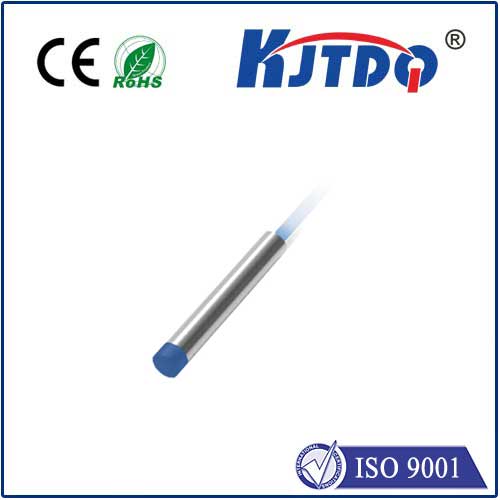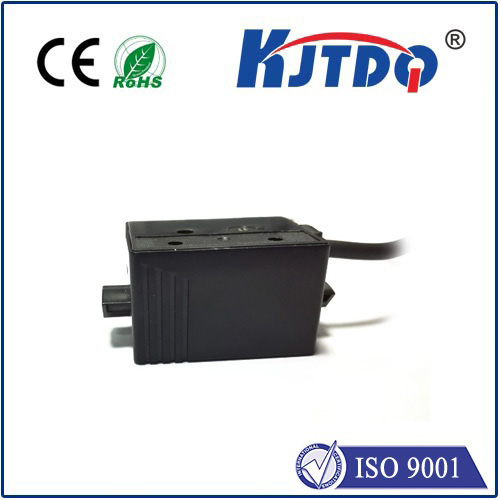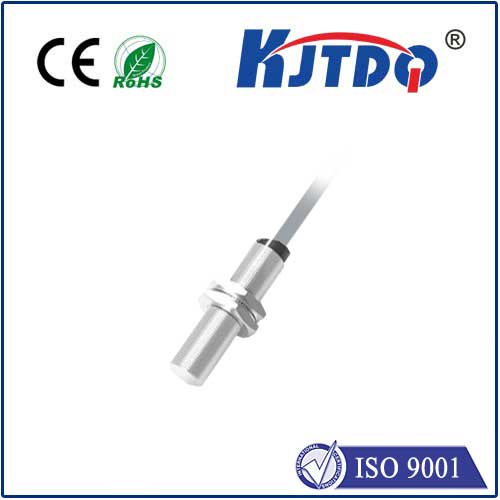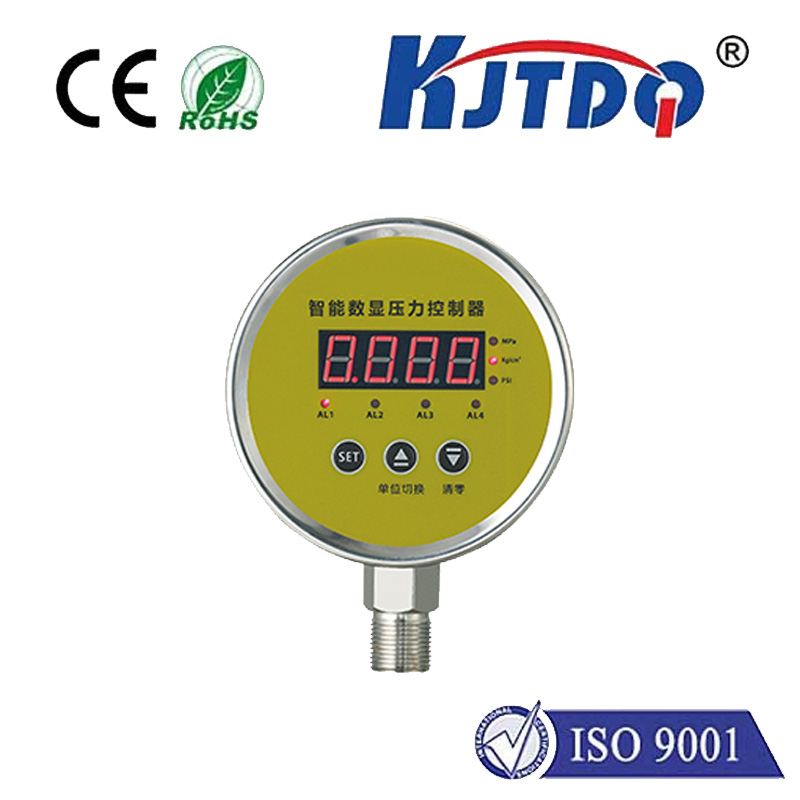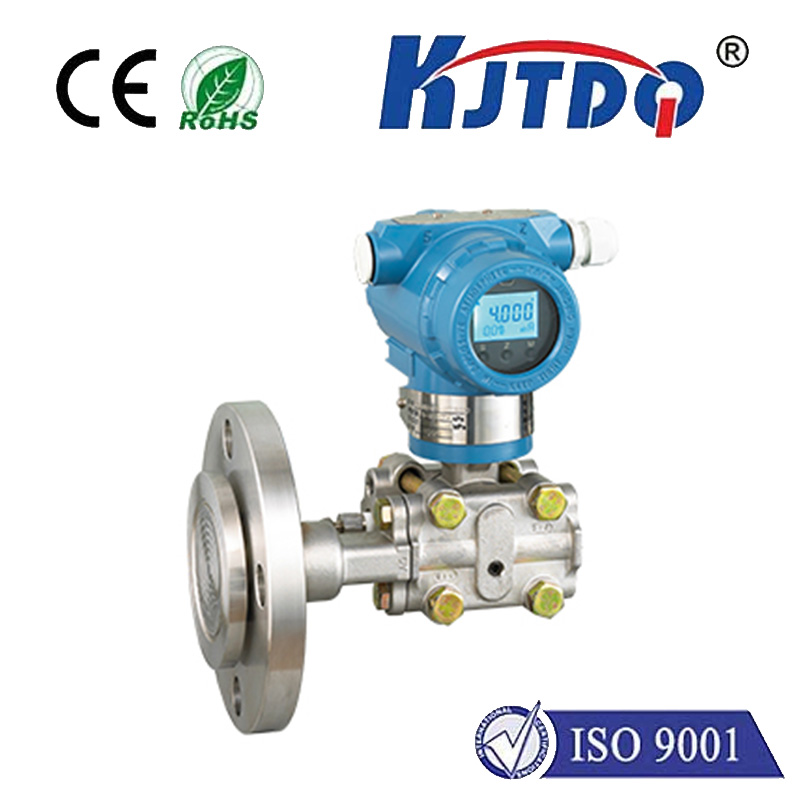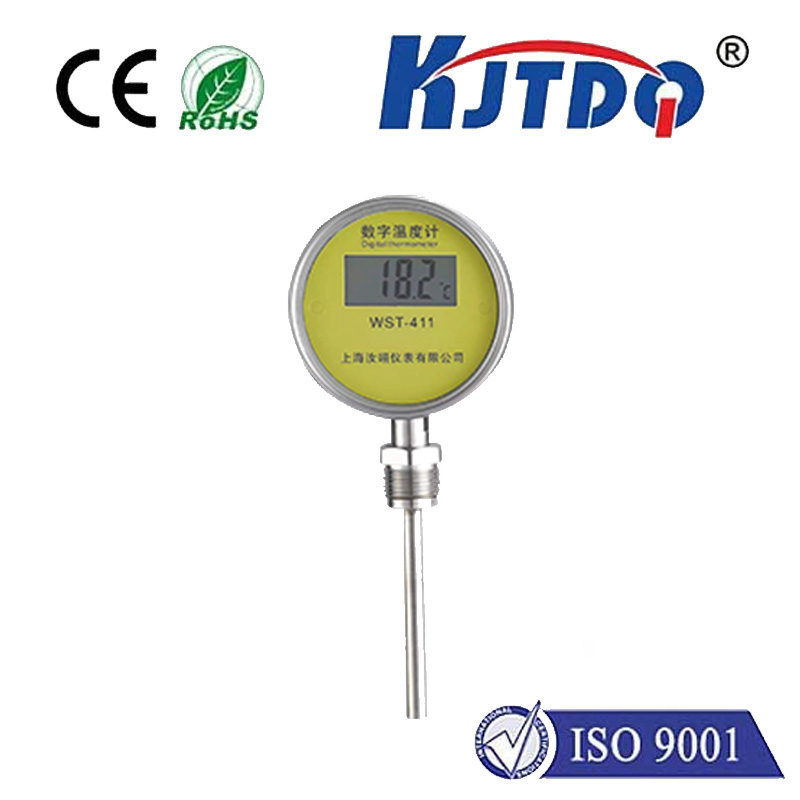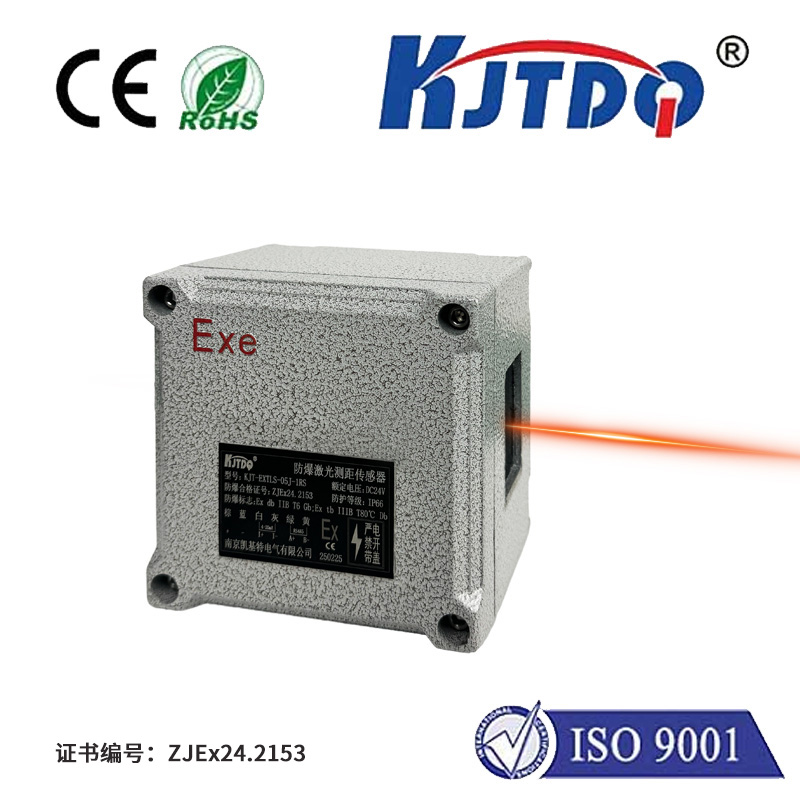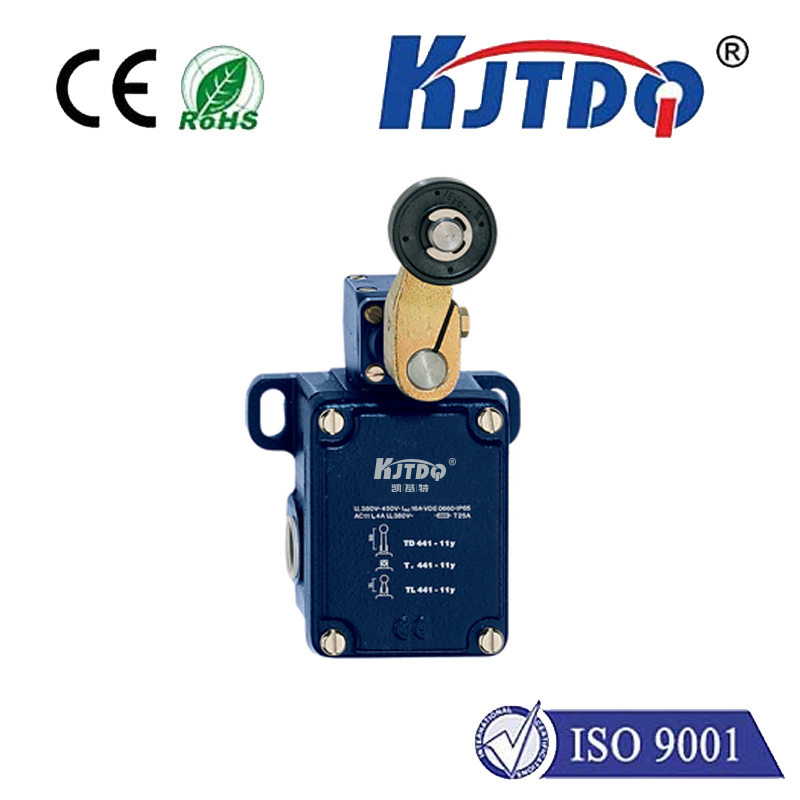лазерный датчик измерения длины
- time:2025-08-27 09:25:18
- Нажмите:0
The Complete Guide to Laser Length Measurement Sensors: Precision at the Speed of Light
In a world driven by precision and efficiency, accurately measuring length, distance, and displacement is fundamental across countless industries. From ensuring microchip components are perfectly aligned to verifying the massive components of aircraft wings, traditional methods often fall short. Enter the лазерный датчик измерения длины – a sophisticated tool harnessing the power of focused light to deliver unparalleled accuracy and speed, revolutionizing dimensional control.
Understanding the Core: How Laser Measurement Sensors Work
At its heart, a laser length measurement sensor operates on precise optical principles. It emits a highly focused, coherent beam of laser light towards a target surface. The sensor then analyzes the interaction of this light with the target. Different technologies are employed, each suited to specific needs and measurement ranges:
- Triangulation: The most common method for shorter ranges (millimeters to meters). The sensor emits a laser spot onto the target. A receiver lens, positioned at a known angle (the triangulation baseline), captures the reflected light’s position. As the target distance changes, the position of the reflected spot shifts on the receiver’s detector (like a CCD or CMOS array). Simple geometry calculates the distance based on this shift. Non-contact laser distance sensors using triangulation excel in applications like component height verification, surface profiling, or inspecting small parts.
- Time-of-Flight (ToF): Ideal for longer ranges (meters to kilometers). The sensor measures the time taken for a laser pulse to travel to the target and back. Since the speed of light is a constant, the distance is calculated precisely as
Distance = (Speed of Light × Time of Flight) / 2. ToF sensors are widely used in surveying, logistics (volume measurement), crane positioning, and large-scale automation.
- Interferometry: Delivers the highest precision (sub-micron to nanometer levels) for demanding scientific and metrology applications. It works by splitting the laser beam. One part (reference beam) travels a fixed path, while the other (measurement beam) travels to the target and back. When the beams recombine, they interfere constructively or destructively based on the path difference. Analyzing this interference fringe pattern reveals minute changes in distance with extraordinary resolution. This is the gold standard for calibration and ultra-high-precision positioning.
Why Choose Laser? Key Advantages Unlocked

The shift towards laser measurement sensors isn’t arbitrary; it’s driven by compelling benefits:
- Extreme Precision and Accuracy: Lasers enable measurement resolutions down to nanometers (with interferometry) and accuracies typically in the micrometer or sub-millimeter range with triangulation and ToF. This level of high-precision is unattainable with mechanical tools or most other non-contact methods.
- Unmatched Speed: Measurements occur at the speed of light. Modern sensors can take thousands or even millions of measurements per second. This high-speed capability is crucial for real-time process control, dynamic measurements, and high-throughput inspection lines.
- Non-Contact Measurement: This is arguably one of the most significant advantages. The laser beam measures without physically touching the target. This eliminates the risk of damaging delicate surfaces (e.g., semiconductors, foils, optics), prevents wear on the sensor itself, and allows measurement of moving, vibrating, or hot objects that would be impossible to touch. Non-contact distance sensors are indispensable for automation and quality control.
- Long Measurement Ranges: ToF-based laser sensors can measure distances from a few meters up to hundreds of meters or even kilometers with specialized units. This versatility is key for large-scale applications.
- Small Spot Size: The highly focused laser beam enables precise measurement of small features or objects and allows targeting specific points with minimal interference from the surrounding environment.
- Robust Operation: Modern laser sensors are designed to withstand harsh industrial environments, including dust, vibration (within specifications), and varying lighting conditions.
Where Precision Matters: Diverse Industry Applications
The unique capabilities of laser length measurement sensors make them ubiquitous across modern industry:
- Manufacturing & Automation: Real-time part dimension verification, robot guidance (e.g., seam tracking, bin picking), conveyor belt monitoring, precise positioning of components in assembly, thickness measurement of materials (metals, glass, paper), fill level detection. Continuous feedback from laser measurement sensors ensures production lines run efficiently and produce consistently high-quality goods.
- Electronics & Semiconductor: Inspection of microchips and circuit boards, measuring wire bond heights, wafer thickness and flatness control, solder paste deposition monitoring. The non-contact nature and micron-level precision are critical here.
- Metrology & Quality Control: Coordinate Measuring Machine (CMM) enhancement, calibration standards, profile scanning of complex shapes, surface deformation analysis. Laser displacement sensors are core tools in modern inspection labs.
- Automotive: Measuring critical components (brake discs, engine parts), vehicle body assembly verification, wheel alignment, gap and flush measurement between body panels. Ensuring safety and fit relies on high-precision measurements.
- Аэрокосмическая деятельность: Wing profile measurement, fuselage assembly alignment, composite material inspection, landing gear positioning. Rigorous tolerances demand the best metrology tools.
- Construction & Civil Engineering: Monitoring structural deformations (bridges, dams, tunnels), alignment of large machinery, volume calculation in stockpiles and silos via scanning ToF lasers. Long-range laser distance sensors provide vital data.
- Research & Development: Material testing (strain, expansion), vibration analysis, positioning stages in microscopy, experimental physics setups. Interferometric laser sensing provides the foundation for many breakthroughs.
Selecting the Right Laser Length Measurement Sensor
Choosing the optimal sensor requires careful consideration:
- Required Measurement Range: From sub-mm to km? This often dictates the technology (Triangulation vs. ToF vs. Interferometry).
- Accuracy & Resolution Needed: What are the tolerances? Ultra-fine measurements demand interferometry or high-end triangulation.
- Target Surface Properties: Shiny, matte, dark, transparent? Surface reflectivity and color can impact performance. Some sensors have specialized modes for challenging surfaces.
- Environmental Conditions: Temperature fluctuations, dust, fumes, vibration? Ensure the sensor’s IP rating and environmental specs are suitable.
- Measurement Speed: How fast do the measurements need to be taken? Consider the sensor’s sampling rate.
- Output Interface: Analog (voltage/current), digital (RS232, RS422, USB, Ethernet), fieldbus (PROFIBUS, EtherCAT)? Compatibility with existing systems is key.
- Size and Mounting: Space constraints often influence sensor choice.
The Future is Bright: Continuous Evolution
Laser length measurement technology continues to advance. Key trends include:
- Miniaturization: Smaller sensors enabling integration into tighter spaces and new applications.
- Multi-layer Penetration: Enhanced capabilities for measuring through certain transparent layers or surfaces.
- Intelligence & Connectivity: Sensors with built-in processing for edge computing and seamless integration into Industry 4.0 and IoT ecosystems.
- Combined Technologies: Hybrid sensors merging laser measurement with other sensing modalities (like vision) for richer data.
- Improved Performance: Constantly pushing the boundaries of speed, resolution, range, and robustness against challenging surfaces.
Laser length measurement sensors are far more than simple distance gauges; they are sophisticated instruments providing a fundamental pillar of precision in the modern industrial and scientific landscape. By delivering non-contact, high-speed, and high-precision data, they optimize processes, ensure quality, enable automation, and drive innovation across countless sectors. Understanding their principles, advantages, and diverse applications empowers engineers, technicians, and decision-makers to harness the power of light for superior measurement solutions.


